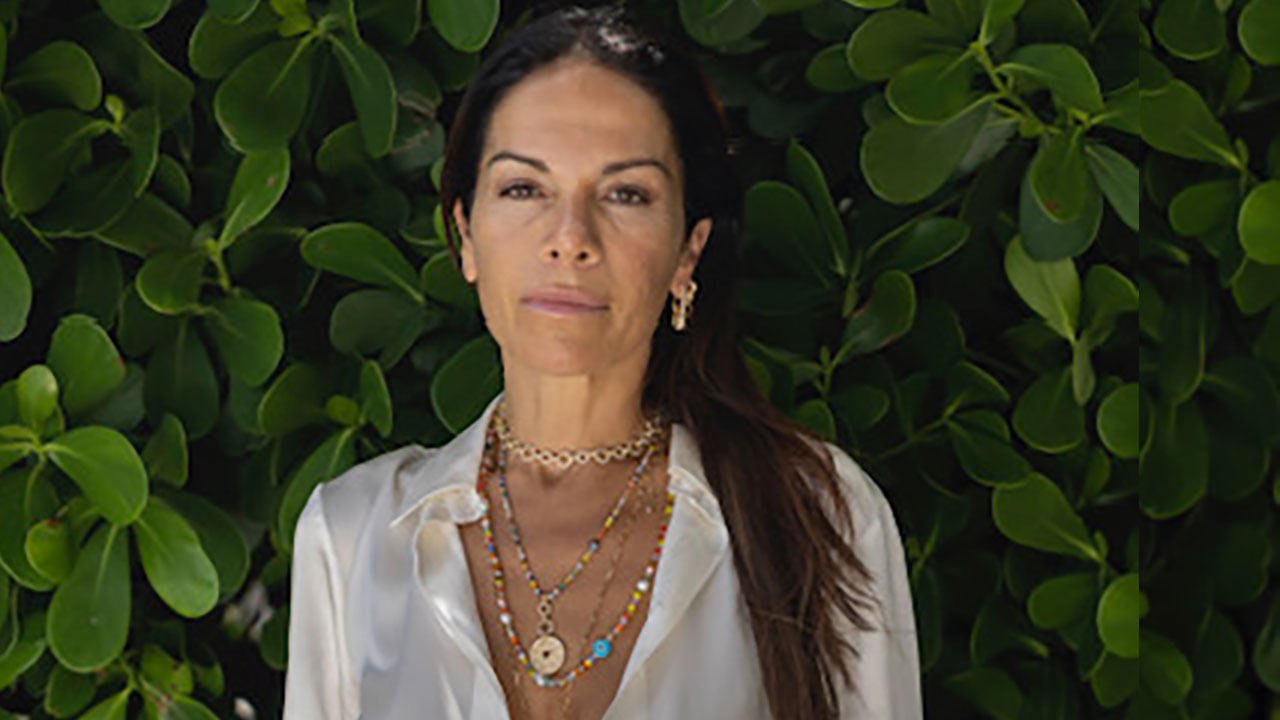

It’s quite an accomplishment for a jewelry brand to live on for over 100 years — and another to continue to evolve and grow. But that’s exactly what the iconic brand Aaron Basha has been able to do, passing from generation to generation and now in the capable hands of Regine Basha.
It all began in 1908 in Iraq, where Basha’s grandmother — also named Regine — defied societal norms in a male-dominated industry. “My grandmother was probably the only women entrepreneur in the country at the time,” says Basha. “She started off as a wedding dress designer and women who came in also wanted jewelry for the wedding day so she started making jewelry.”
The elder Basha quickly figured out that jewelry was more profitable and she had a knack for it — and the brand was born. With a keen eye for design and an entrepreneurial spirit, she not only crafted exquisite pieces but also opened a shop in Baghdad, catering to royaltyand becoming an influential figure in the country’s business landscape. It also became a family affair, with Basha’s father, Aaron, pitching in. “My dad’s first apprentice job was making cufflinks for the king,” Basha reveals.
Amidst the turbulence of WWII, the family faced adversity as anti-Jewish sentiments took hold in Baghdad. In a daring move, Basha’s grandmother strapped jewelry to each of her five children and sent them, one by one, across the border to Iran, escaping potential persecution.
“My father was 14 years old,” says Basha. “He went at night and attempted to cross the border, but he was caught by police, and they almost killed him.” He charmed the officers by giving them all the jewels he was smuggling. This act of courage and quick thinking ultimately led the family to Israel, where they rebuilt their lives.
Basha’s father, the visionary behind the eponymous line, continued the family legacy, opening a store in Tel Aviv while later expanding to Montreal, London, and finally New York City, where a flagship location stood on Madison Avenue. The brand’s global ascent reached its zenith in the 1990s when the iconic baby shoe charm became a household phenomenon, synonymous with style and luxury. “In 1996, 1997, the Aaron Basha baby shoe charm took off and became a household name,” says Basha. “It became a household thing. Every mom and grandma who was stylish and wealthy had a baby shoe.”
A humble mom-and-pop shop transformed into a global brand under her father’s stewardship; now 91, he was 60 years old when the brand finally boomed, adding a wholesale arm along with the brick-and-mortar locations. Basha grew up in the business while a teen in NYC. “I went to the store every day after school,” she says.
As fashion trends shifted, so did the landscape of Aaron Basha. With the changing times, Basha’s father decided to scale back the business, including the closure of the physical locations. However, Basha couldn’t fathom letting go of the brand that held her family’s legacy. “The business was his baby, but I couldn’t reconcile that we would let the brand go,” explains Basha. “I knew the potential and how much we invested including time and energy.”
In a bold move during the challenging times of March 2020, Basha expressed her desire to take over the reins. “He said ‘OK, show me what you got.’”
Basha maintained the original Aaron Basha line while designing her own pieces. Regine for Aaron Basha became a manifestation of her vision – a brand rooted in self-love, universal love, and recognizing one’s power. The brand aims to evolve holistically, extending beyond jewelry into retreats and experiences centered around self-love.
Simultaneously, Basha envisions the iconic Aaron Basha’s baby shoe charm available in maternity wards globally, engraved on the day of a child’s birth. As Regine for Aaron Basha continues to weave its legacy, Basha envisions a future where her jewelry becomes a source of empowerment, a reminder of individual strength and the profound emotional connections that make life meaningful.
“With both lines, it’s all about love,” says Basha. “For Aaron Basha, it’s family love; for Regine it’s about self-love and universal love. My end goal is to make people feel good. If that’s through a piece of jewelry that connects people to their power or something colorful that makes people smile, then I consider that a success.”














